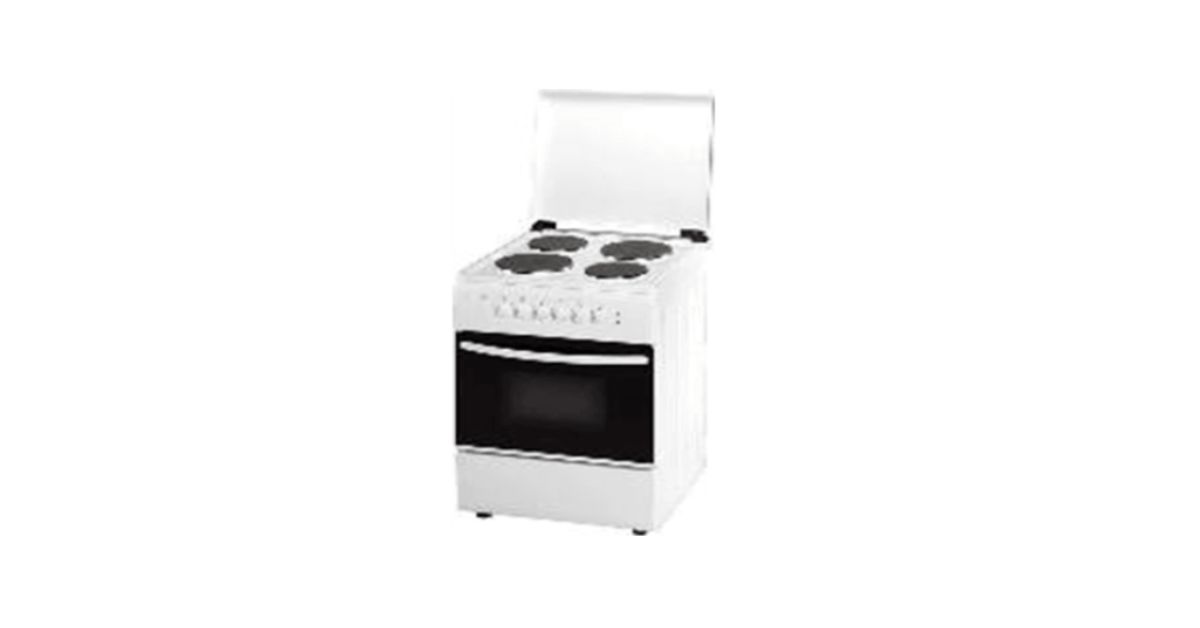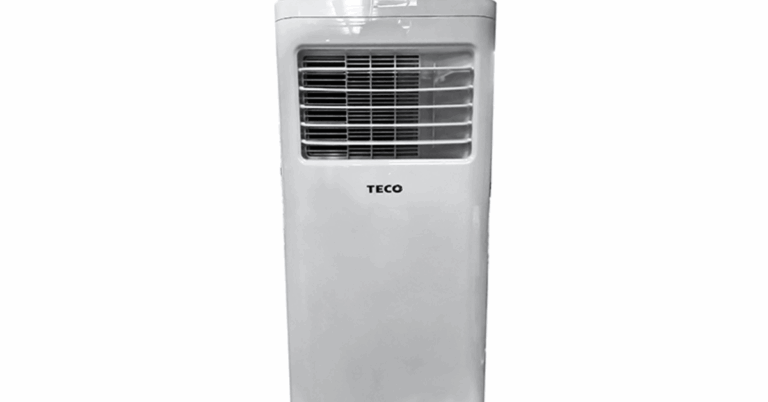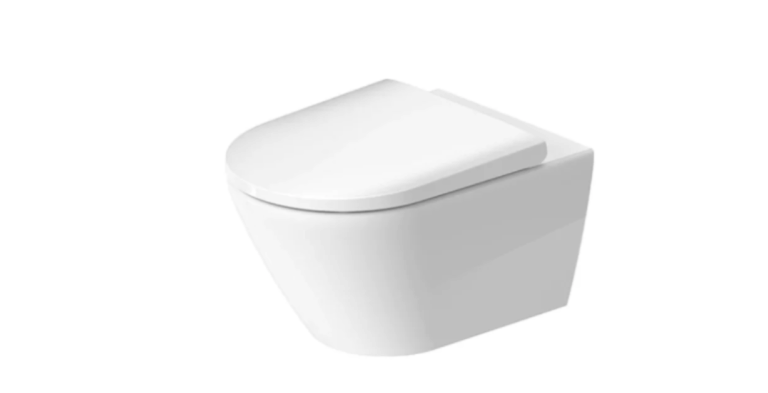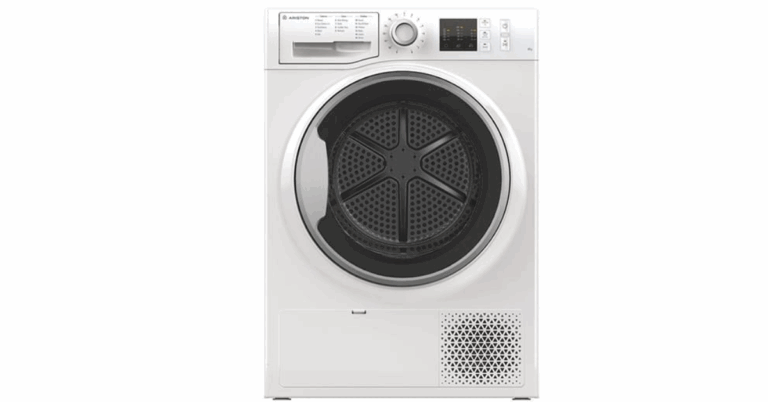The Role and Advantages of a Cruise Ship 4-Plate Cooking Range in Maritime Galleys
Cruise ships present unique challenges when it comes to designing and operating onboard galleys. Space constraints, safety, power limitations, and the need for continuous, reliable food service all demand specialized equipment. One critical appliance that often features prominently in such environments is the Cruise Ship 4‑Plate Cooking Range. This appliance combines compactness with sufficient cooking flexibility providing four independent hot plates (or burners) in a robust, marine-grade construction. In this article, we’ll explore the design, functionality, operational benefits, and practical considerations of using a 4-plate cooking range aboard cruise vessels and other marine settings.
1. Why a 4-Plate Range Is Ideal for Cruise Ship Galleys
1.1 Balancing capacity and footprint
Cruise ship kitchens (galleys) need to maximize throughput (i.e. serving hundreds or thousands of meals per day) while operating in constrained physical spaces. A four-plate cooking range strikes a balance: it offers flexibility to run multiple pots and pans simultaneously, yet its footprint remains manageable compared to large commercial ranges with six or more burners. This becomes especially valuable in auxiliary kitchens, service areas, or smaller food prep zones.
1.2 Marine-grade construction
Marine environments are harsh: salt spray, humidity, motion and vibration, and the proximity of electrical and plumbing systems all impose demands not typically found on land. A cruise ship 4-plate cooking range is designed with corrosion-resistant materials, shock-proof and vibration-resistant mounting, and electrical components suited for marine power systems. These design features ensure durability, safety, and long service life even in the demanding conditions at sea.
1.3 Power compatibility and efficiency
Most large vessels, including cruise ships, operate on high-voltage three-phase systems or 240 V marine power. The 4-plate range is engineered to be compatible with shipboard electrical networks (for example, 240 V, 50/60 Hz as common in many marine installations). Its power draw is balanced across the plates to prevent imbalances in electrical loading, avoiding disruptions to the ship’s power systems.
2. Typical Specifications & Features of a Cruise Ship 4-Plate Range
While actual models vary, the following features are commonly found in a marine-rated 4-plate cooking range:
-
Four hot plates: Usually a mix of larger and smaller diameters (e.g. 8″ and 6″) to accommodate pots of different sizes
-
Power ratings per plate: For instance, two 2,000 W plates and two 1,500 W plates, giving flexibility in heating intensity
-
Total load: Around 8 kW or more, depending on design
-
Sturdy cooktop surface: Often cast iron or heavy-duty steel to provide even heat distribution
-
Manual control knobs: Rotary knobs are preferred in marine settings because they are simple, reliable, and easy to operate even under motion or with gloves
-
Oven integration: Many units also include an oven (approx. 4 cubic feet or more), with features like double-glass doors, enamel interiors, and a broiler
-
Storage or drawer: Some models include a lower storage drawer for trays or utensils
-
Enclosure & finish: Stainless steel or marine-grade steel with anti-corrosion treatment
-
Dimensions & weight: Compact to suit galley layout; enough mass to stay stable under ship movement
-
Electrical requirements: Hardwired connection, appropriate circuit protection, and compatibility with marine power standards
These features make the 4-plate range a versatile workhorse in marine food preparation areas.
3. Operational Advantages Onboard
3.1 Flexibility in cooking
With four independent plates, chefs can perform multiple tasks—simmering, sautéing, boiling—simultaneously without requiring multiple separate appliances. This flexibility is crucial during peak meal times when time and efficiency are of the essence.
3.2 Energy management
By distributing cooking loads across four plates, the galley can avoid overtaxing a single large burner and better manage power draw. It also allows for partial use: for smaller meal services or off-peak hours, fewer plates can be engaged, saving energy.
3.3 Space efficiency
Given the constraints of a ship’s galley layout, every inch matters. A 4-plate range delivers much of the functionality of a larger system in a more compact footprint, which helps maintain clear aisles and efficient chef workflow.
3.4 Reliability and ease of maintenance
Marine-rated 4-plate cooking ranges are built for rugged use. Components like knobs, plates, and wiring are often modular and easier to service. Their simplicity (vs. more complex large ranges or induction arrays) minimizes points of failure and simplifies maintenance routines.
3.5 Safety in motion
Because ship motion is a constant concern, the design ensures that pots and pans can rest stably on the plates. The weight and low center of gravity of the unit help it resist tipping or shifting during maneuvers or rough seas. Moreover, the marine-grade construction helps prevent corrosion-related failures, which could have safety consequences.
4. Integration and Installation Considerations
4.1 Electrical integration
The range must be integrated into the ship’s power system via proper circuit protection, grounding, and phase balancing. Marine standards (e.g. IMO or classification society rules) usually require additional safety interlocks, isolation switches, and compliance with electromagnetic compatibility.
4.2 Ventilation and exhaust
Proper ventilation is critical. The range should be located under adequate hood systems to remove steam, smoke, and grease-laden air. The proximity of exhaust stacks, duct routing, and compatibility with the ship’s HVAC are essential factors.
4.3 Mounting and securing
Given the motion environment, the unit must be firmly anchored or braced to the deck or structural columns. Vibration-dampening supports or shock mounts may be used to reduce wear and noise. The weight distribution should be considered during placement.
4.4 Galley workflow
Ergonomics and service flow dictate that the range is placed in a position that optimizes movement between preparation zones, plating, and pass-through stations. Chefs must not be obstructed in their paths, and ingredient/inventory storage should be nearby.
4.5 Maintenance access
The design must allow easy access to the underside, wiring, and service panels. Removable panels or hinged sections help technicians reach heating elements, wiring harnesses, or junction boxes for inspection or repair.
5. Challenges and Mitigations
5.1 High power draw
An 8 kW or more load per range is significant. In peak periods, multiple ranges may operate at once. This can stress the ship’s generators or local circuits. Mitigation involves load management, staged cooking, and ensuring adequate onboard power capacity.
5.2 Corrosion & wear
Salt-laden air and humidity accelerate corrosion of metal parts. Using premium stainless steel, applying protective coatings, and enforcing a regular cleaning schedule help mitigate corrosion. Spare parts (knobs, switches, heating elements) should be stocked.
5.3 Motion-induced stress
Constant vibrations and motion can loosen fasteners, disrupt wiring, or strain mounting points. Using vibration-resistant mounting hardware, periodic inspections, and engineering tolerances in the structure helps reduce risk.
5.4 Heat management in confined spaces
Ships have less margin for heat dissipation than land kitchens. Arranging ranges so that heat doesn’t concentrate, providing forced ventilation, and managing adjacent equipment temperatures are important.
5.5 Safety under emergency conditions
In events like power failures or blackouts, emergency shut-offs and backup systems must handle the range safely. The range should be designed to shut down cleanly and avoid residual hazards (e.g. overheated surfaces) during transitions.
6. Use Cases Onboard Cruise Ships
6.1 Secondary kitchens or satellite galleys
Large cruise ships often have auxiliary kitchens closer to pool decks, specialty restaurants, or buffet zones. A 4-plate range is ideal in these secondary galleys to handle moderate volume cooking needs without requiring a full-scale galley setup.
6.2 Specialty restaurants or cooking stations
For specialty cuisines (e.g. pasta stations, sauté bars, teppanyaki), chefs often need flexible, dedicated burners. A 4-plate range paired with other cooking equipment can serve as a compact, reliable solution for such stations.
6.3 Crew mess or staff kitchens
Beyond guest dining, the crew mess and support areas also require cooking capacity. A marine-grade 4-plate range suits these locations, balancing performance with ease of maintenance.
6.4 Catering or event service
When cruise ships host onboard events, banquets, or off-ship catering support zones, a compact but capable cooking range is useful for preparing side dishes, sauces, or hot accompaniments.
7. Best Practices for Operation and Maintenance
-
Routine inspection: Schedule frequent inspections of wiring, fasteners, and mounting.
-
Clean diligently: Wipe surfaces daily, remove salt deposits, and avoid buildup.
-
Lubricate and adjust: Control knobs and hinges should receive periodic checks, lubrication, and alignment.
-
Stock spares: Having replacement heating elements, knobs, gaskets, and switches onboard reduces downtime.
-
Operator training: Crew should be trained in safe operation, emergency shutdown, and minor troubleshooting.
-
Load balancing: Stagger use of multiple ranges to avoid peak loads exceeding generator capacity.
-
Record-keeping: Maintain logs of use, maintenance, and repairs to track trends and preempt failures.
8. Future Trends and Innovations
As cruise ships evolve, so do galley technologies. Some emerging trends that may influence future 4-plate ranges or their successors include:
-
Induction cooking adaptation: While induction is more efficient and safer, its adoption in marine environments is slower (due to cost, electrical compatibility, and EMI concerns). Hybrid ranges combining induction and conventional plates may become available.
-
Smart monitoring and IoT: Integration of sensors to track plate usage, temperature trends, fault detection, or energy consumption could boost preventive maintenance and efficiency.
-
Lightweight, corrosion-resistant materials: New alloys or composite materials that reduce weight while improving corrosion performance may be adopted in future designs.
-
Modular designs: Ranges that can be reconfigured (e.g., change a plate to a grill or griddle) will enhance flexibility for multi-cuisine setups.
-
Energy recovery or waste heat reuse: In tightly engineered ship systems, waste heat from cooking might be harnessed for preheating water or powering ancillary systems.
9. Conclusion
The cruise ship 4-plate cooking range plays a central role in modern marine galley design. Its blend of compact form factor, multiple heating elements, and rugged construction makes it a reliable backbone of food preparation aboard sea vessels. While it cannot replace large industrial ranges entirely, its flexibility, maintainability, and efficient use of space and power make it ideal for many onboard cooking stations—from secondary galleys to specialty dining zones.
When selected and integrated thoughtfully—with attention to electrical systems, ventilation, mounting, and maintenance practices—a 4-plate range can serve reliably for many years, helping maintain high standards of service in demanding maritime environments. As marine kitchen technology continues to evolve, future iterations may include smarter controls, lighter materials, and hybrid power modalities, but the principles of durability, safety, and flexibility will remain at the heart of their design.






